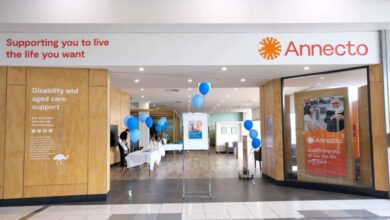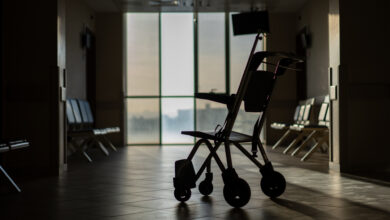Pioneering NP clinic goes back to GPs
Brisbane’s SmartClinics has scrapped its NP-led model due to poor financial viability and workforce supply issues, writes Linda Belardi.
The dumping of Australia’s first standalone nurse practitioner-led clinic after just seven months has renewed calls to expand Medicare access for NPs working in private practice.
President of the Australian College of Nurse Practitioners, Helen Gosby, said the failed venture showed that the government’s 2010 reforms granting NPs access to the MBS and PBS had not gone far enough.
“This is another example where the reforms were the first step but there needs to be greater access to Medicare rebates so that nurse practitioners can actually operate to their full extent.”
After reviewing its business model, the Brisbane-based SmartClinics decided to end its NP service and convert to a traditional GP model of primary care. The clinic’s chief executive, Steven Dahl, said the political environment wasn’t right for the model to be financially viable.
“We had made a prediction that there would be a broader range of items that would become available to nurse practitioners in the short to medium term and that the Medicare item numbers themselves would go up in value, but that did not happen,” he told Nursing Review.
At $17.50, the Medicare rebate available to NPs is half the amount available to a GP for a standard consultation. This meant consumer out-of-pocket fees were considerably higher than a local GP private billing clinic and would be uncompetitive in the long-term, he said.
The number of endorsed NPs with the relevant skills and experience was also smaller than expected and would not be sufficient to staff an expansion of the service, he said.
During its first six months, the five-room clinic employed three full-time practitioners but had the capacity to employ 10 nurse practitioners. “The number of nurse practitioners that either had a rural-remote, emergency or general practice training was quite small,” Dahl said.
A greater number of university training places and more exposure to the general practice environment was critical to increase the nurse practitioner workforce in primary care, he said. Patients also wanted a broad range of medical services that required generalist training.
While more than 90 per cent of patients were satisfied with their consultation and the care provided, Dahl said internal research suggested the NP model was a deterrent for some patients. “One of their primary reasons for not coming to the clinic was a preference to see a doctor,” he said.
Dahl estimated it would take another five or 10 years for the community to become more comfortable receiving first-line care from NPs.
But Gosby rejected claims that public attitudes were to blame. She said that research undertaken by the Health Care Consumer Association showed the public was highly accepting of NPs.
Associate Professor Rhian Parker from the Australian Primary Health Care Research Institute said that while consumers were happy to be treated by a nurse practitioner, what they wanted and valued most was the opportunity to make a choice. They didn’t want to be forced to go to either a GP or a NP.”
Parker said that overall the role of the NP was poorly understood within the community. “It’s hardly surprising that people would be gravitating towards GPs because they know what a GP does.”
She agreed that labour supply issues were a challenge and that a standalone, fee-for-service model would be difficult to make financially viable in the current context. She suggested a multi-disciplinary model where nurse practitioners were working in collaboration with a GP would help support NPs to work their full scope of practice.
Email: [email protected]





